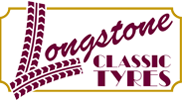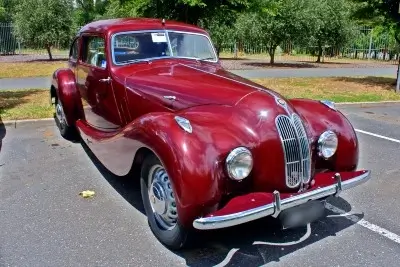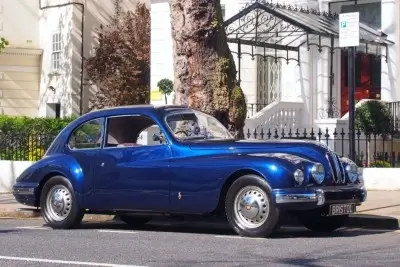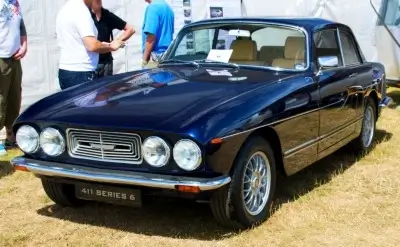-
- Bristol Beaufighter Tyres
- Bristol Blenheim Tyres
- Bristol Brigand Tyres
- Bristol Britannia Tyres
- Bristol 400 Tyres
- Bristol 401 Tyres
- Bristol 403 Tyres
- Bristol 404 Tyres
- Bristol 405 Tyres
- Bristol 406 Tyres
- Bristol 407 Tyres
- Bristol 408 Tyres
- Bristol 409 Tyres
- Bristol 410 Tyres
- Bristol 411 Tyres
- Bristol 412 Tyres
Bristol Tyres
Classic Bristol Tyres
On the following pages, Longstone Classic Tyres give classic tyre fitment recommendations for Bristol cars.
Vintage Bristol Tyres
- Bristol 400 tyres 550 - 16. We suggest the 5.50 R 16 Michelin X for a Radial Tyre.
- Bristol 401 fitted 575x16 tyres. We suggest 185 VR 16 PIRELLI CINTURATO CA67 ™; CA67 Radial Tyres.
- Bristol 403 again fitted 575 - 16 so 185 VR 16 PIRELLI CINTURATO CA67 ™; CA67 would be the tyre we would suggest.
- Bristol 404 fitted 5.50 R 16 Michelin X. This is still the best tyre for the car.
- Bristol 405 again fitted 575X16 so we suggest 185 VR 16 PIRELLI CINTURATO CA67 ™; CA67 as the best handling tyre.
- Bristol 406 fitted 600 - 16. We would suggest the 185 VR 16 PIRELLI CINTURATO CA67 ™; CA67 Radial upgrade.
- Bristol 407 also fitted 600x16. We would again suggest the 185 VR 16 PIRELLI CINTURATO CA67 ™; CA67 Radial upgrade.
- Bristol 408 also fitted 600x16. The best tyre would be 185 VR 16 PIRELLI CINTURATO CA67 ™; CA67 Radial upgrade.
- Bristol 409 also fitted 600x16. We would suggest 185 VR 16 PIRELLI CINTURATO CA67 ™; CA67 as the perfect Radial upgrade.
- Bristol 410 fitted 670x15. Fitting 185 VR 16 PIRELLI CINTURATO CA67 ™; CA67 Radial tyre will dramatically improve the handling.
- Bristol 411 tyres originally were 185-15. Later cars fitted 205VR15. We would suggest 205 VR 15 PIRELLI CINTURATO ™; CN72, it is by far the best tyre for this car.
- Bristol 412. We suggest 205 VR 15 PIRELLI CINTURATO ™; CN72 as it is the best tyre available in the size 205VR15.
- Bristol 603. We also suggest the 205 VR 15 PIRELLI CINTURATO ™; CN72.
- Bristol Beaufighter fitted 225/70-15 tyres. The tyre of choice would be 225/70 WR 15 Michelin XWX.
- Bristol Brigand. We would suggest 225/70 WR 15 Michelin XWX.
- Bristol Britania. We would suggest fitting the 225/70 WR 15 Michelin XWX.
If your Bristol is not listed, don't panic! Please give us a call on:
01302 711 123
or
Email: sales@longstonetyres.co.uk
Bristol History
Following the Armistice of 1918, the British aircraft industry faced a dramatic loss of orders as well as significant financial difficulties. To give immediate employment for its large staff, the Bristol Aeroplane Firm built a light automobile (the single-seat Bristol Monocar powered by a motorcycle engine), car bodywork for Armstrong Siddeley, and bus bodies for its sister company, Bristol Tramways.
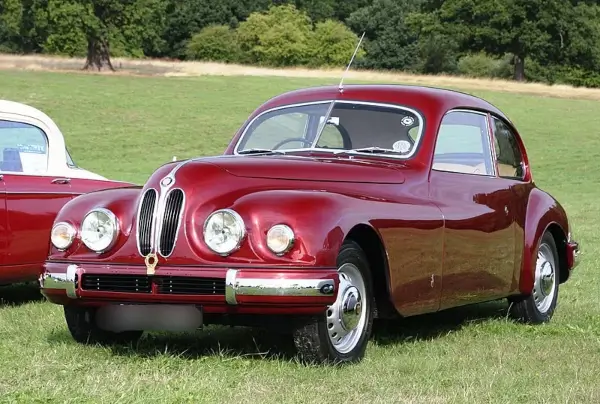
Sir George Stanley White, managing director of the Bristol Aeroplane Company from 1911 to 1954, was resolved not to face the same issues a second time when World War II broke out. He realised he needed to plan for the moment when the insatiable wartime appetite for Bristol aircraft and aircraft engines would abruptly disappear. Before the war, the business began discussing ideas for a combined venture in vehicle manufacturing with AFN Ltd, the manufacturer of Frazer Nash cars and the British importer of BMWs.
Sir Stanley's son, George S. M. White, proposed a post-war vehicle manufacturing division in a series of papers published or commissioned as early as 1941. For this goal, it was decided to buy existing manufacturing. Aston Martin, Lagonda, ERA, and Lea-Francis were among the contenders. In May 1945, D. A. Aldington, a director of Frazer Nash at the time acting as an inspector for the wartime Ministry of Aircraft Production (MAP), and Eric Storey, an assistant to George White at the Bristol Aeroplane Company, had a chance conversation. The Aeroplane Company immediately took over Frazer Nash as a result of this.
Before the war, Aldington and his two brothers marketed the Frazer Nash BMW and planned to construct an upgraded version following demobilisation. This appeared to be the ideal complement for the aerospace company's own goals to produce a high-quality sports automobile. H. J. Aldington travelled to Munich and obtained the rights to manufacture three BMW models as well as the 328 engine with the help of the War Reparations Board. By July 1945, BAC had established a vehicle business and acquired a majority interest in AFN. A factory was created near Bristol at Filton Aerodrome.
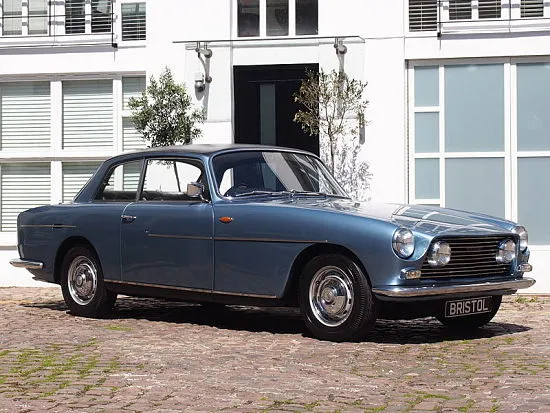
Aldington and his two brothers had marketed the Frazer Nash BMW before George White and Reginald Verdon-Smith of the Aeroplane Company joined the new Frazer Nash Board, but differences between the Aldingtons and Bristol led to the resale of Frazer Nash in January 1947, soon after the first cars had been produced. Bristol Car Division became a separate entity.
Independence Bristol Cars were sold after its parent company, the British Aviation Corporation (BAC), merged with other British aircraft businesses in 1960 to become the British Aircraft Corporation (BAC), which ultimately became part of British Aerospace. The vehicle section was set to close after merging with Bristol Siddeley Engines but was purchased in September 1960 by George S.M. White, the chairman and effective founder. White kept control of the firm but sold a 40% stake to Tony Crook, a renowned Bristol agent. Crook was appointed sole distributor.
Sir George White (as he had become) was involved in a terrible accident in his Bristol 410 in September 1969, only a month before the launch of the new Bristol 411 at the Earl's Court Motor Show. The automobile was only slightly damaged, but he was severely injured.
With the passage of time, it became evident that he would never be able to restore his health sufficiently to return to full-time employment. In order to secure the future of his staff, he chose to sell his majority interest to Crook in 1973. As the company's links with the White family were broken, British Aerospace (successors to the Bristol Aeroplane Company) asked that it relocate its manufacturing from Filton Aerodrome to adjacent Patchway. Crook shuttled between the two in Bristol's light aircraft from the shop on Kensington High Street to the main office.
Under Crook's leadership, the business developed at least six models, the names of which were mostly inspired by Bristol's illustrious aviation history: the Beaufighter, Blenheim, Britannia, and Brigand. Crook, at 77, sold a 50% stake in Bristol Cars to Toby Silverton in February 1997, with the option to assume full ownership within four years. Silverton, the son-in-law of Joe Lewis of the Tavistock Group and Arthur Silverton of Overfinch, joined the board with his father.
Crook and Toby Silverton created the Speedster, Bullet, Blenheim, and 411 Series 6, but in 2002, Silverton and the Tavistock Group took full control of Bristol Cars, with Silverton in the chair and Crook serving as managing director. They collaborated on the development of a V10-powered two-seater called after Sir George White's world-famous First World War two-seater aircraft, the Bristol Fighter. Crook eventually parted ways with Bristol Cars in August 2007. Bristol Cars Limited was thrown into administration in March 2011, and it was that firm that was rebranded and then disbanded by the administrator.
